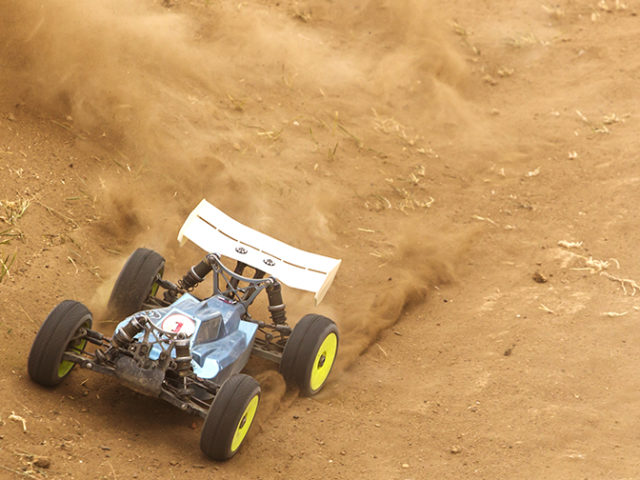In the future, the “Piz Daint” supercomputer will handle part of the analysis of data generated by the experiments conducted at the Large Hadron Collider (LHC).
This new development was enabled by the close collaboration between the Swiss National Supercomputing Centre (CSCS) and the Swiss Institute of Particle Physics (CHIPP). In the past, CSCS relied on the “Phoenix” dedicated cluster for the LHC experiments.
The data collected from experiments at the Large Hadron Collider (LHC) is fed into a global computing network for data analysis and simulations. Part of this network is the “Phoenix” cluster at CSCS. Until now, the ATLAS, CMS and LHCb particle detectors delivered their data to “Phoenix” for analysis and comparison with the results of previous simulations. The “Piz Daint” supercomputer will now take over this role from Phoenix.
For the first time, the Worldwide LHC Computing Grid (WLCG) will integrate one of the world’s most powerful supercomputers – which is available for general research – to handle the functions of what is known as a Tier 2 system. Until now, this role has been handled exclusively by dedicated clusters distributed around the world in the WLCG. Based on their performance and characteristics, the clusters are categorised on a scale ranging from Tier 0 systems – such as those available only at the CERN data centre in Geneva and the Wigner Research Centre for Physics in Budapest – to smaller Tier 3 systems.
Credit: “Piz Daint takes on tier 2 function in worldwide LHC computing grid”, CSCS




